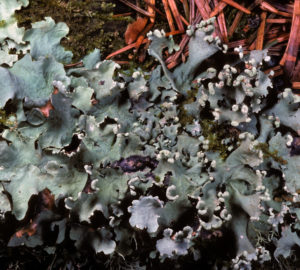
You cannot spend time in a redwood forest without coming across lichens. Only a few lichen species will catch your eye on the bark of a redwood but up in the canopy and on the forest floor an abundance of these organisms will surround you.
A few years ago we conducted canopy research at Muir Woods looking at lichen diversity at the tops of the trees. We also now have a state lichen. But recent research on lichens sheds a new light on what this organism is all about.
A lichen is commonly thought of as two different organisms, a fungus, which makes up the structure that you see, and an alga or cyanobacteria, which will photosynthesize and make food for the fungus. A recent study published in Science show that now a third organism, basidiomycete yeast (single-celled fungi) is also present in some lichens.
Scientists discovered this after looking at two different lichen species which consist of the same fungus and alga but look very different. After further investigation they discovered one of the lichens contained this yeast. They soon discovered this yeast is present in many different species of lichens found on six continents.
This new research shows that every day new insights into the mysteries of our biological world are being discovered. Even more reason to get our young people excited about science and nature. Who knows what they may discover one day?
I leave you with this cool video of a lichen being used as camouflage.

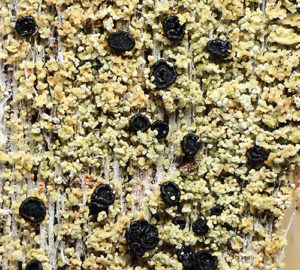
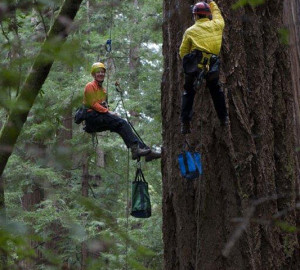
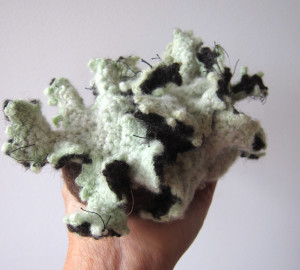
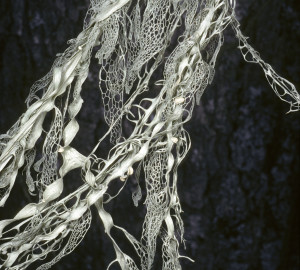
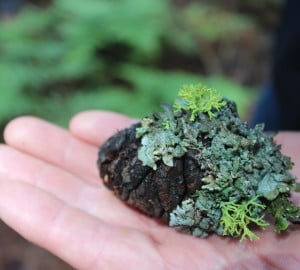
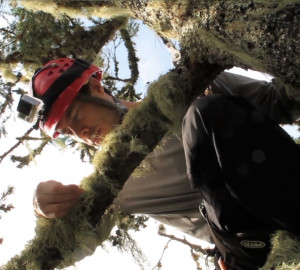
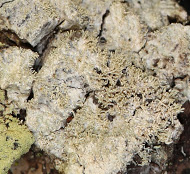
2 Responses to “Lichens in the News”
Deborah Zierten
Hi Fred,
Thank you so much for the comment and question! Some lichen species are pollution-sensitive, while others on not. Tracking the presence of the sensitive species can be a great way to monitor air quality in the forest. I don’t think it depends so much on the abundance of lichen but which lichen are present that can indicate the air quality of an area.
I hope this information helps!
Fred Simon
I was once told by a biologist that the amount and location of lichen depended on the air quality; the cleaner the air, the more lichen. Is this true?